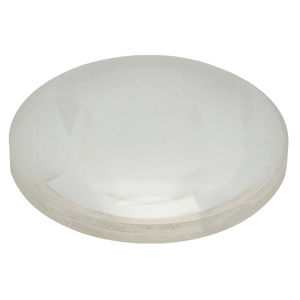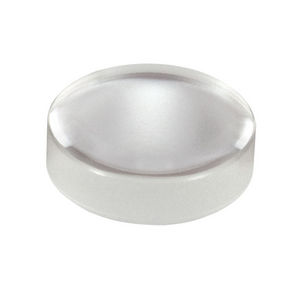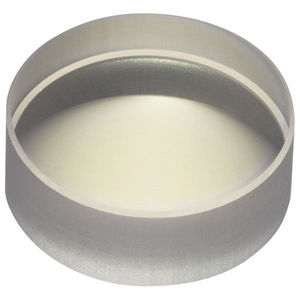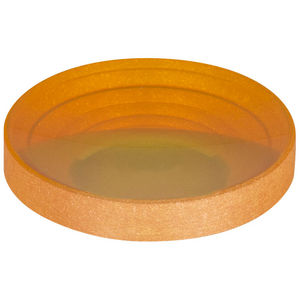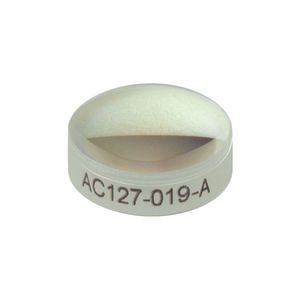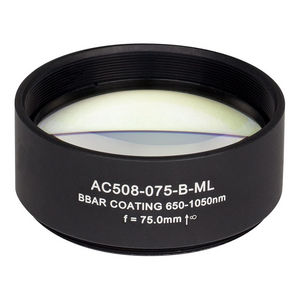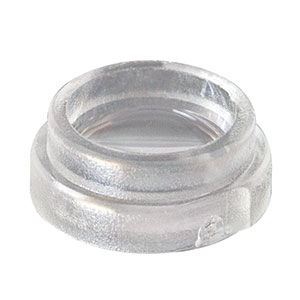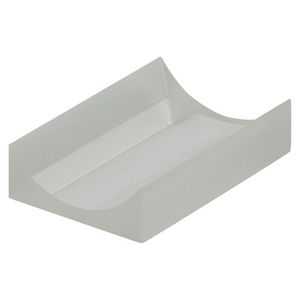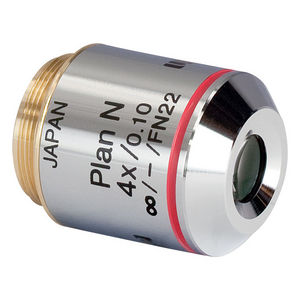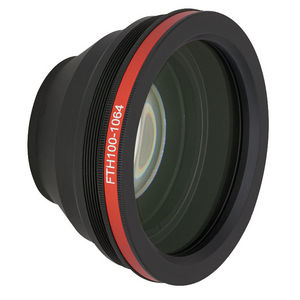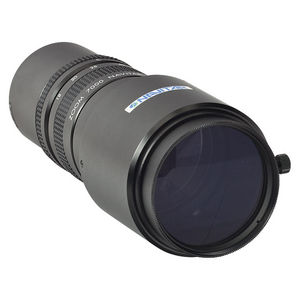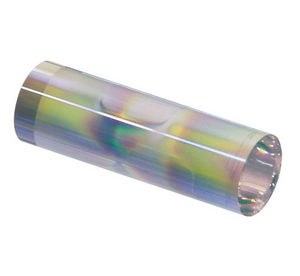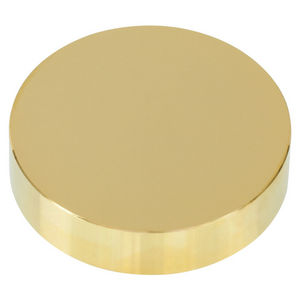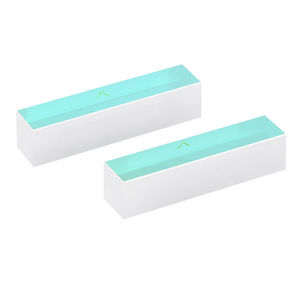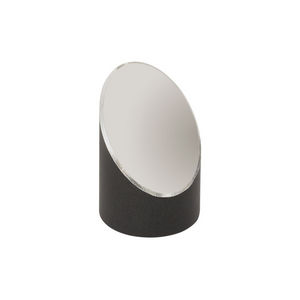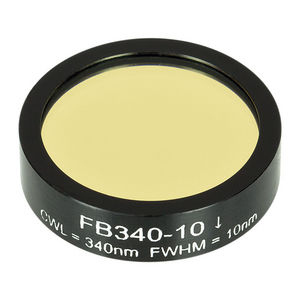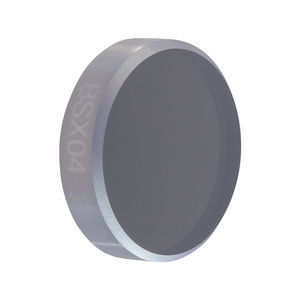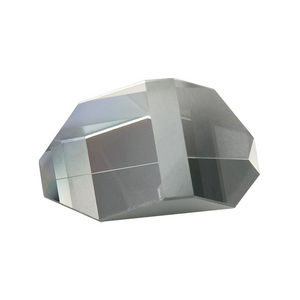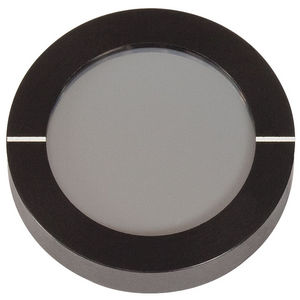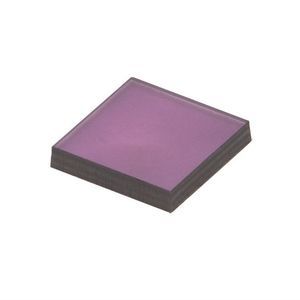
Interferometer SI series

Add to favorites
Compare this product
Description
Features
Qualitative Beam Collimation Test for Beams with Diameters from 1 to 50 mm
Magnetically Coupled Kinematic Design Allows Shear Plates to be Interchanged Quickly
Imperial and Metric Threaded Mounting Holes
The SI Series of shearing interferometers can be used to determine if a coherent beam of light is collimated. The design consists of a wedged optical flat mounted at 45° and a diffuser plate with a ruled reference line down the middle. This interferometer is designed to provide qualitative analysis of a beam's collimation.
The diffuser plate is used to view the interference fringes created by Fresnel reflections from the front and back surfaces of the optical flat. If the beam is collimated, the resulting fringe pattern will be parallel to the ruled reference line. In addition to the degree of collimation, the fringes will also be sensitive to spherical aberration, coma, and astigmatism.
The wedged optical flat is made of uncoated UV fused silica. The wedge angle for each plate size is optimized for the range of the acceptable beam sizes; see the Specs tab for details. Since the light is incident on the plate at a 45° angle, the intensity of the fringe pattern is dependent on the polarization of the light. Maximum intensity will occur when the polarization is perpendicular to the plane of incidence.
In order to observe interference fringes, the coherence length of the incident light must be longer than the change in optical path length caused by the shear plate. See the table footnote on the Specs tab for more information.
Catalogs
Light Analysis
110 Pages
Optics
344 Pages
*Prices are pre-tax. They exclude delivery charges and customs duties and do not include additional charges for installation or activation options. Prices are indicative only and may vary by country, with changes to the cost of raw materials and exchange rates.




